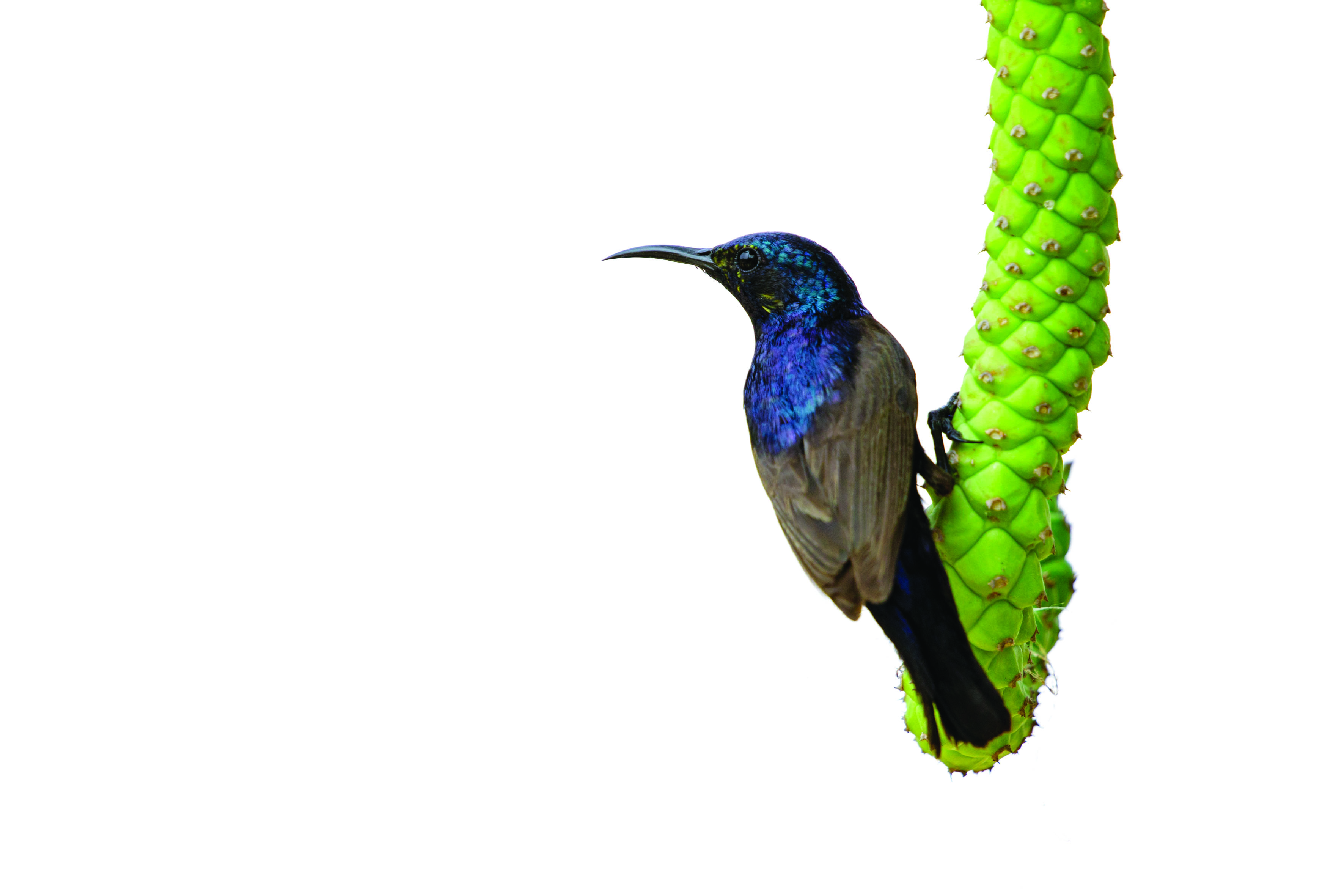
Little Green Bee-eater. Yellow-vented bulbul. Purple sunbird. Indian silverbill. The migrant bird population of Oman reads like the opening of some rainbow themed children’s fairy story. As the crow flies, (pun intended), Oman stands on the crossroads of four distinct regions – Asia, Arabia, Africa and Europe - and as such, is on the migratory paths of several species of birds that travel southwards seeking warmer climes during the northern winters, and reverse their patterns when winter comes to the southern hemisphere.
**media[1057345]**
![]() According to the Environment Society of Oman, “Over 480 species have been recorded in Oman, the majority being migrants travelling seasonally between northern Asia, with some as far north as the Arctic, and Africa. Around 100 species are breeding residents. Where wadis reach the sea, lagoons (khors), form along the coast, acting as a focal point for wildlife, especially birds.
According to the Environment Society of Oman, “Over 480 species have been recorded in Oman, the majority being migrants travelling seasonally between northern Asia, with some as far north as the Arctic, and Africa. Around 100 species are breeding residents. Where wadis reach the sea, lagoons (khors), form along the coast, acting as a focal point for wildlife, especially birds.
“Reeds and reed-mace typically line the landward rims of the khors while the salt tolerant mangrove trees spread seaward,” said the ESO. “Some of the more spectacular birds to frequent Oman are to be found in khors such as the stately flamingo, colourful ducks, storks, stilts, plovers, sandpipers, egrets, herons and the glossy ibis.”
Several books have also been published by naturalists and ornithologists on the birds that come to Oman, with the Diwan of Royal Court passing decrees over the breeding and rearing of species of birds in the country.
Diana Darke and Sandra Shields are the author of a guidebook simply titled ‘Oman’. They describe in detail the opportunities for birdwatching in the country.
**media[1057349]**
“There are good birding sites in every region of the country,” they wrote. “The coastal khors offer perfect spots for wintering and migrating water birds, including ducks, waders and terns. The Sawadi Islands and Fahal Island (about 4km from Ras Al Hamra) hold breeding sooty falcons, with the latter site also having nesting red-billed tropic birds. Boat trips around Fahal Island can easily be arranged from Muscat. Al Ansab lagoons and Qurum Natural Park in Muscat are good places to see typical Omani breeding species such as the grey francolin, red-wattled plover, laughing dove, little green bee-eater, yellow-vented bulbul, Arabian babbler, purple sunbird and Indian silverbill.”
Other birds found in the country include the red-billed quelea, streaked weaver, superb starling, and the plum-headed parakeet. Also found are the Alexandrine parakeet and Bruce’s green pigeon with the wattled starling also coming to Oman.
The Ministry of Tourism says, “Oman witnesses huge swarms of migratory birds during their seasonal journey between their nesting habitats and the places where they spend winters, especially those birds migrating from Europe and East Asia. Many birds, especially waterfowl, migrate from faraway regions like northern Siberia, and travel about five thousand kilometres.
**media[1057346]**